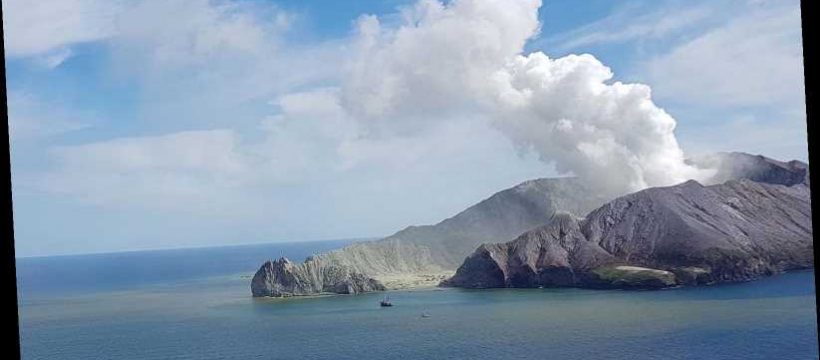Doctors in New Zealand are currently awaiting nearly 1,300 square feet of skin from the United States in order to treat the dozens of victims who suffered severe burns when a volcano erupted on White Island Monday afternoon.
Dr. Peter Watson, chief medical officer of Counties Manukau Health, said at a press conference Wednesday that there are 29 patients being treated in intensive care and burn units at four different hospitals throughout New Zealand. Twenty-four of the burn patients remain in critical condition.
“We currently have supplies but are urgently sourcing additional supplies to meet the demand for dressing and temporary skin grafts,” Watson said. “We anticipate we will require an additional 1.2 million square centimeters [1,292 square feet] of skin for the ongoing needs of the patients. These supplies are coming from the United States and the order has been placed.”
Watson said the nature of the victims’ injuries had been made “complicated” by the gases and chemicals in the eruption, thus making “more rapid” surgical treatment necessary, as opposed to if they’d suffered thermal-only burns.
“This is just the start of a very long process that for some patients will last several months,” he said.
Skin grafts come from people who are registered to donate skin after their deaths, and typically are taken from the donors’ backs or the backs of their legs, CNN reported.
Jessica Johnson, a volcanologist at the University of East Anglia in England, told the outlet that many of the victims’ severe burns were likely from steam blasts pushed out by an acidic lake sitting in the volcano’s crater.
Six people were killed in the Monday blast, which happened just after 2 p.m. while 47 travelers were on the island, police said.
Thirty-eight of the tourists — who were from the United States, Australia, China, Germany, Malaysia, New Zealand and the United Kingdom — were traveling on Royal Caribbean’s cruise ship Ovation of the Seas, the New Zealand Herald reported.
Ray Cas, professor emeritus at Monash University in Melbourne, Australia, told PEOPLE on Tuesday that tourism at the volcano was “a disaster waiting to happen.”
“I don’t know what advice is given to the people who go on the tours, whether they say you are entering into an environment where there is a risk of dying,” he said.
Cas has twice visited the volcano, and said that during a 2003 visit, he got an “uncomfortable feeling” that it was not a safe place to be.
“Even when the alert level [for an eruption] is relatively low, you can get unexpected explosions, which means it is just unacceptable to allow the general public to walk around the inside of the crater of a very active volcano that can explode at any time, as we witnessed on Monday,” he told PEOPLE.
An archived version of Royal Caribbean’s website from Dec. 4 features a description of an adventurous shore excursion where guests could partake in “a scenic boat ride along the picturesque Bay of Plenty to White Island for an unforgettable guided tour of New Zealand’s most active volcano.”
“Gas masks/breathing apparatus helps you get up close to roaring steam vents, bubbling pits of mud, hot volcanic streams and the amazing lake of steaming acid,” the page reads. “And the vivid hues of yellow and orange resulting from all sulfur on the island make for remarkable photos, so have your camera ready.”
Royal Caribbean has not returned PEOPLE’s request for comment.
Meanwhile, police said Wednesday that a “significant operation” has begun to try and identify the deceased and return them to their loved ones.
Police also issued a list of nine missing people who remain unaccounted for, including seven Australians and two people from New Zealand.
Source: Read Full Article




